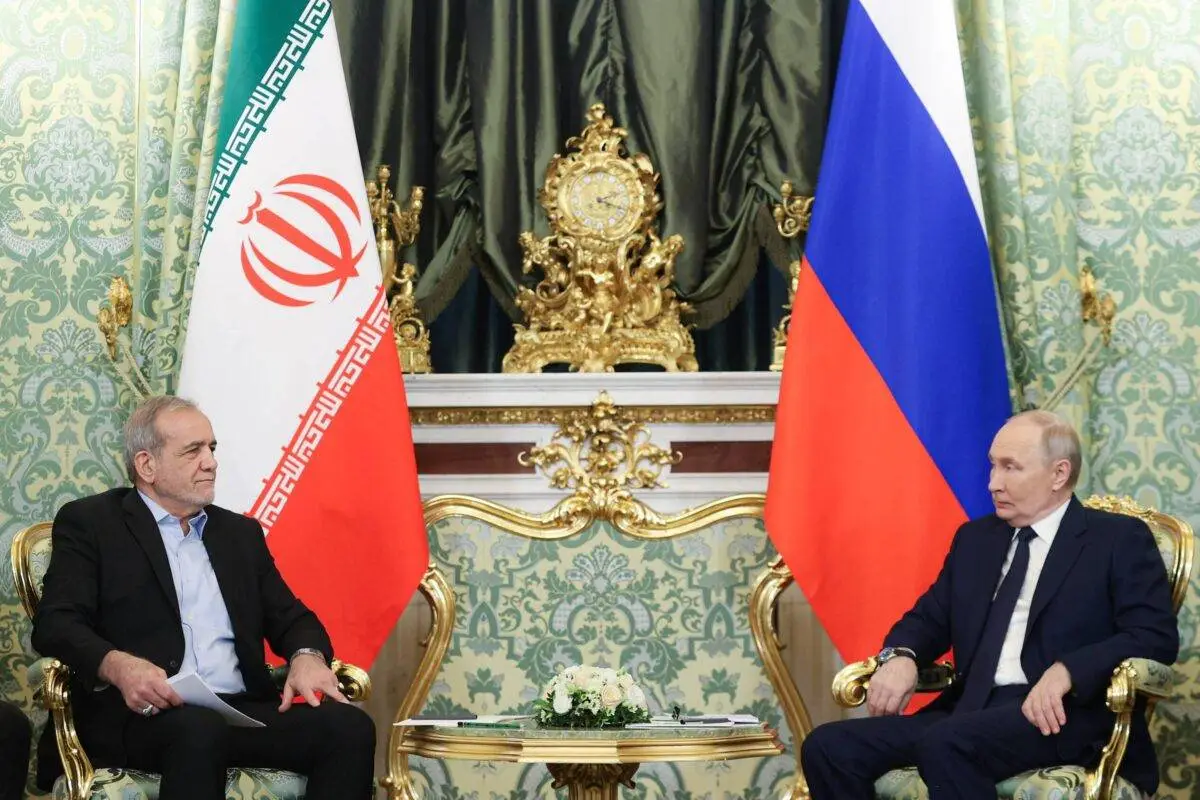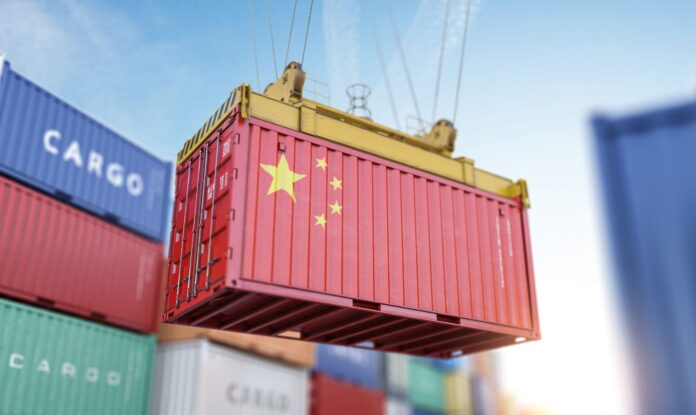In a significant move aimed at bolstering its economy, India has recently implemented substantial rate cuts amidst ongoing tariff challenges. These reductions in interest rates are viewed as a response to the growing economic pressures stemming from external trade conflicts, particularly those involving the United States. As tariffs imposed by the Trump administration have begun to affect various sectors of the Indian economy, government officials have recognized the need for immediate action to sustain growth.
India’s recent interest rate cuts aim to combat economic pressures from U.S. tariffs and sustain growth amid global trade conflicts.
Economic analysts have noted that the impact of tariffs can be particularly detrimental to industries reliant on exports. “We are witnessing a slowdown in trade due to these increased tariffs, which is forcing India to reconsider its monetary policies,” stated an economist at a leading financial institution. The rate cuts are expected to lower borrowing costs, thereby encouraging both consumer spending and business investment. This approach aims to mitigate the adverse effects of tariffs, allowing the economy to maintain momentum during these challenging times.
Furthermore, the Reserve Bank of India has expressed concerns regarding inflation and overall economic health. The decision to reduce rates is intended to stimulate demand by making loans cheaper for businesses and consumers alike. This strategy aligns with global trends, as many central banks have adopted similar measures in response to trade tensions. “We have to adapt to the changing environment and support economic growth,” remarked the central bank’s governor in a recent press conference.
Despite these efforts, skepticism remains about the effectiveness of rate cuts in isolation. Some experts argue that structural issues within the Indian economy need to be addressed to foster long-term stability. “Rate cuts can provide temporary relief, but without thorough reforms, we may not achieve sustainable growth,” commented a leading market analyst. This perspective highlights the necessity for India to simultaneously pursue policies that enhance productivity and competitiveness in the global market.
As India navigates through this period of uncertainty, the implications of these rate cuts will unfold over time. The interplay between domestic policy adjustments and international pressures will likely shape the economic landscape for the foreseeable future. Observers will be closely monitoring the outcomes of these measures, as they hold significant consequences for not only India but also for its trading partners.
In the face of tariffs and global economic shifts, India’s recent actions demonstrate a proactive approach to safeguard its economic interests.














